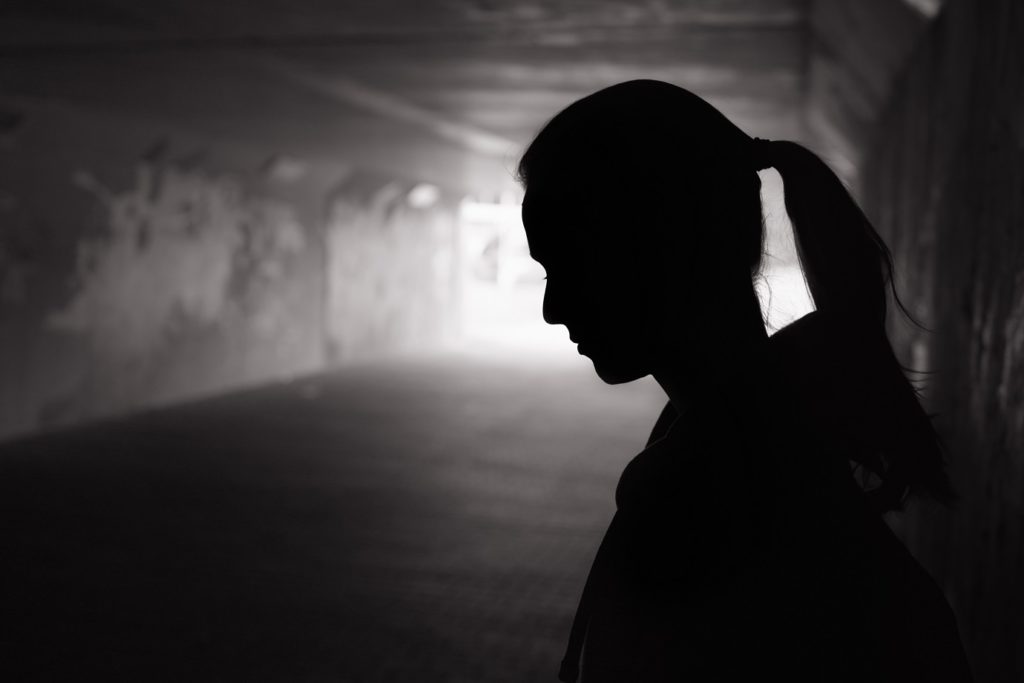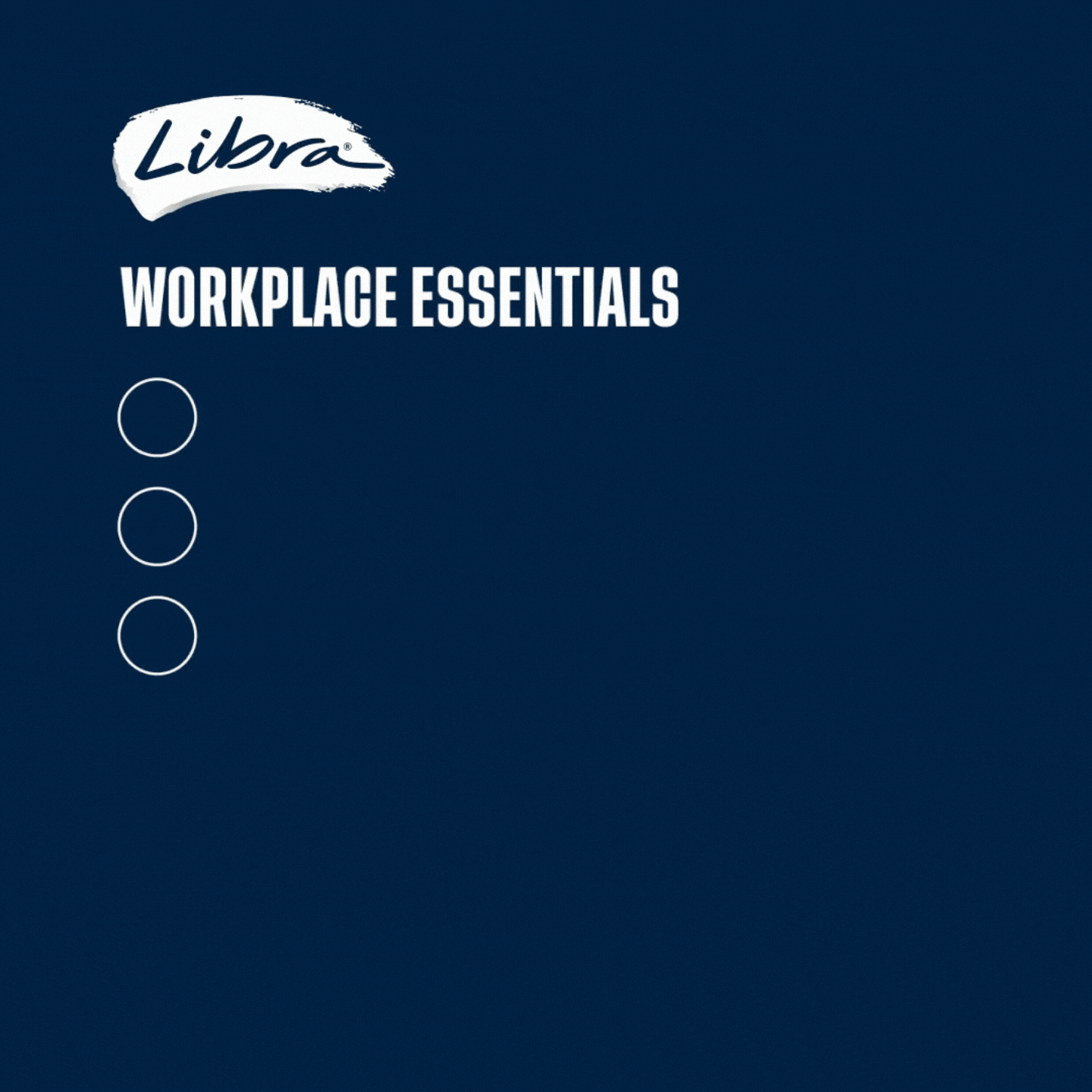There was a shocking spike in women and girls experiencing homelessness and being at risk of homelessness during the last term of government.
The proportion of women and girls who were already homeless when seeking assistance rose 20 per cent to 29,440 such individuals between May 2022 and March 2025, according to Homelessness Australia on Tuesday.
And the rate of those at risk of homelessness rose eight per cent during the same period.
Meanwhile, almost half (45 per cent) of women and girls seeking homelessness support have experienced domestic and family violence, according to the findings.
These are issues that must be front and centre as the new Parliament finally sits this week.
More social housing and affordable housing is critical. The Albanese Government has committed to further investments in social housing and homelessness, but as Homelessness Australia CEO Kate Colvin says: “that investment has not kept pace with demand.”
Also urgent is the need for more national funding for services supporting those experiencing domestic and family violence, with the clear evidence available linking such experiences with homelessness.
But further and deeper reforms for ending domestic and family violence do not currently appear to be high on the political agenda, with the issue barely getting a mention during the election campaign.
While funding and commitments were made during the Albanese Government’s first term, especially following a spate of women being murdered within a few weeks in 2024, the pledges made were far from enough to meet the full extent of the problem.
The Albanese Government achieved an impressive majority at the May Federal election, enabling it to pursue further and more ambitious reforms that can transform the lives of Australians.
So how courageous will it be? How far will it go on moving beyond words about ending violence against women and children to real action on making it happen, as we already know is its stated ambition?
How far will it go on ending homelessness for all Australians — and more urgently, addressing the growing risk that women and girls are facing of experiencing homelessness?
How far will it go on ensuring “no one is left behind” as the Prime Minister has promised?
Colvin says that while homelessness is increasing across the board, “women and girls are copping the brunt of the crisis.”
She has urged the Labor government to commit to major reforms that can “save lives”, calling for a national plan with homelessness reduction targets and clear investments that can address the emergency.
The national plan is one of three “critical actions” Homelessness Australia has outlined for fixing the homelessness emergency. The other two actions include new investments in homelessness services in partnership with the states, and action to reduce those becoming homeless by increasing social housing to 10 per cent of all dwellings and increasing support so people can afford to rent.
The Albanese Government’s legacy-building opportunity is now. How far is it willing to go?


